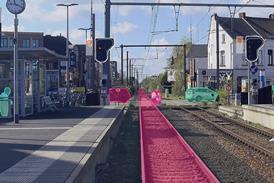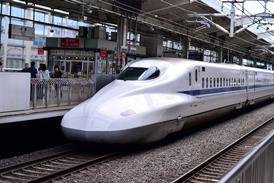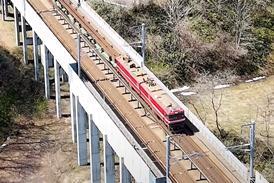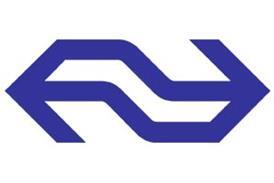Close menu
- Home
-
News
- Back to parent navigation item
- News
- Traction and rolling stock
- Passenger
- High speed
- Freight
- Infrastructure
- Policy
- Technology
- Ticketing
- Business
- Research, training and skills
- Accessibility and inclusion
- People
- Urban rail news
- Suburban and commuter rail
- Metro
- Light rail and tram
- Monorail and peoplemover
- Regions
- InnoTrans
- In depth
- Events
- Data
- Maps
- Tenders & Jobs
- Sponsored content
- Insights
World rail freight news round-up
By Railway Gazette International2018-07-02T07:00:00

A part of government proposals to provide a more level playing field for rail freight, Dutch infrastructure manager ProRail and DB Cargo are to test the operation of 740 m trains on the Brabant line between Sloe and Dillingen in August. Increasing train length from the current maximum of 650 ...
Already have an account? LOG IN
To continue…
You’ve reached your limit of content for the month














